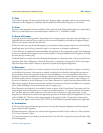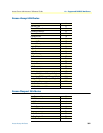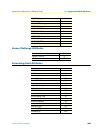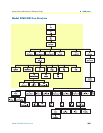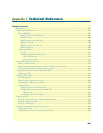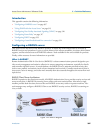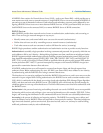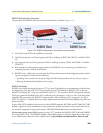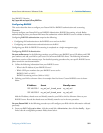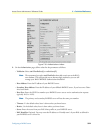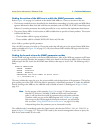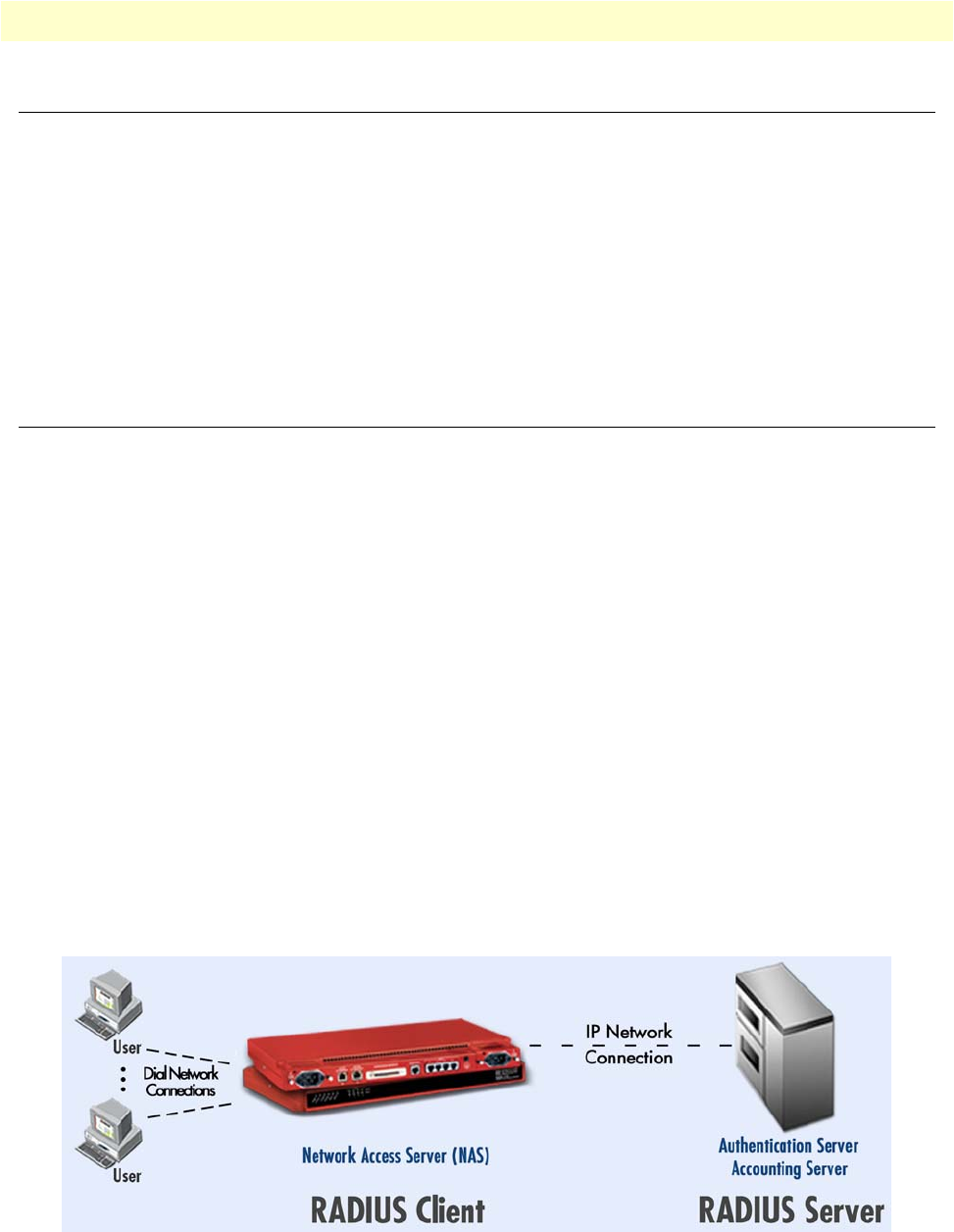
Introduction 307
Access Server Administrators’ Reference Guide C • Technical Reference
Introduction
This appendix contains the following information:
• “Configuring a RADIUS server” on page 307
• “Using SNMP with the Access Server” on page 313
• “Configuring Non-Facility Associated Signaling (NFAS)” on page 316.
• “Configuring Frame Relay” on page 317
• “Configuring DNIS” on page 323
• “Configuring a leased line/dedicated line connection” on page 324
Configuring a RADIUS server
This section covers the basics of the RADIUS protocol. It defines key terms and provides an overview of
RADIUS services and procedures. It gives a concise history of the relevant standards, cites those which Patton
supports, and lists selected sources for RADIUS software—both available for free and available for purchase.
Finally, online resources for more information are provided.
What Is RADIUS?
Remote Authentication Dial-In User Service (RADIUS) is a data-communications protocol designed to pro-
vide security management and statistics collection in remote computing environments, especially for distrib-
uted networks with dial-in users. A central database, the RADIUS Server, maintains network security data
(such as user profiles) and statistics (such as bytes transmitted and received). Centrally stored security data is
more secure, easier to manage, and scales more smoothly than data scattered throughout the network on mul
-
tiple devices.
RADIUS Client/Server Architecture
RADIUS operates on the client/server model. A RADIUS Authentication Server provides security services and
stores security data. A RADIUS Accounting Server collects and stores statistical data. Most often a single
machine provides both functions, however the two RADIUS servers may reside on separate machines. Net
-
work managers may configure a RADIUS Client to use RADIUS security services, RADIUS accounting ser-
vices, or both.
Figure 124. RADIUS diagram



